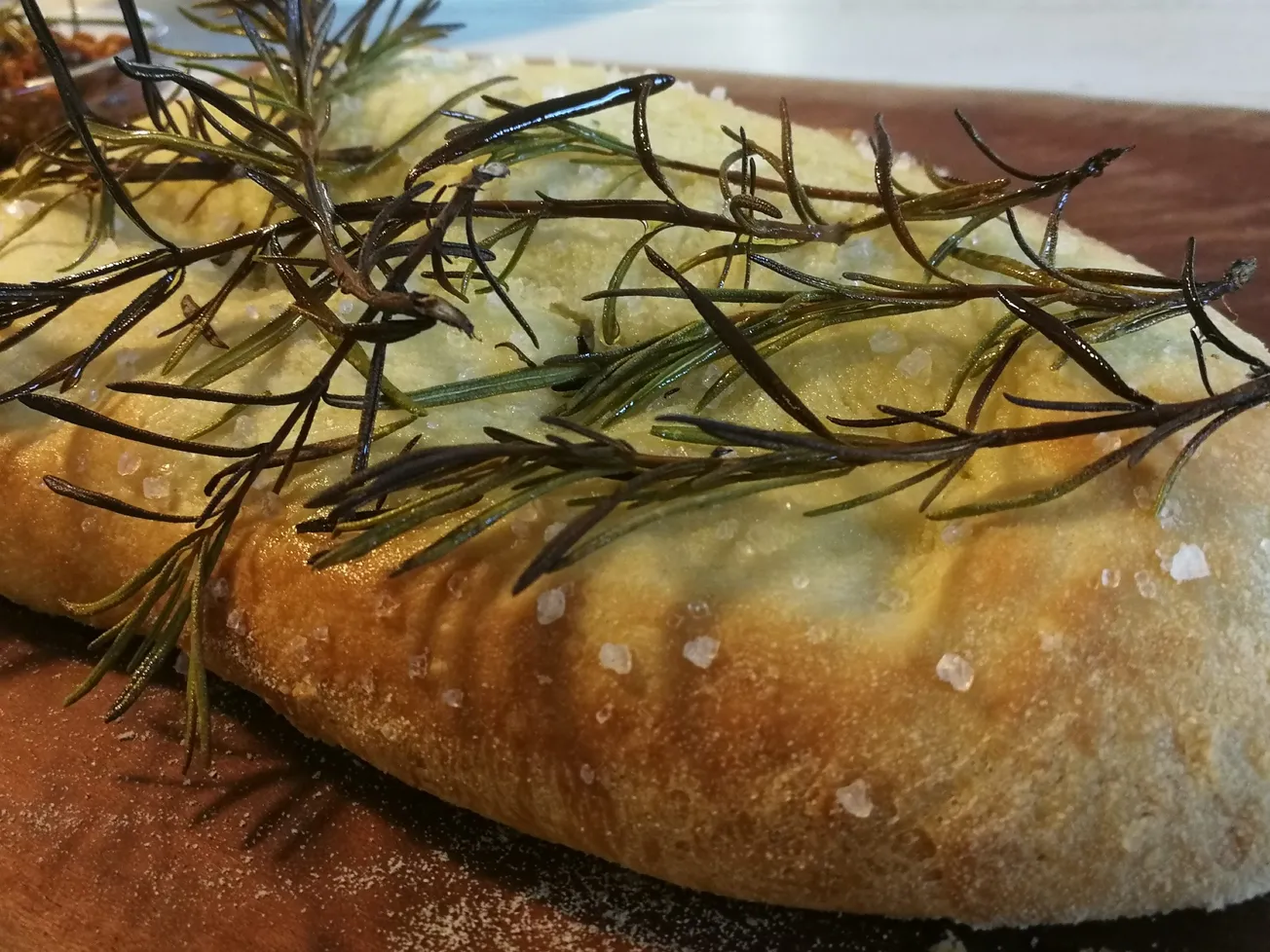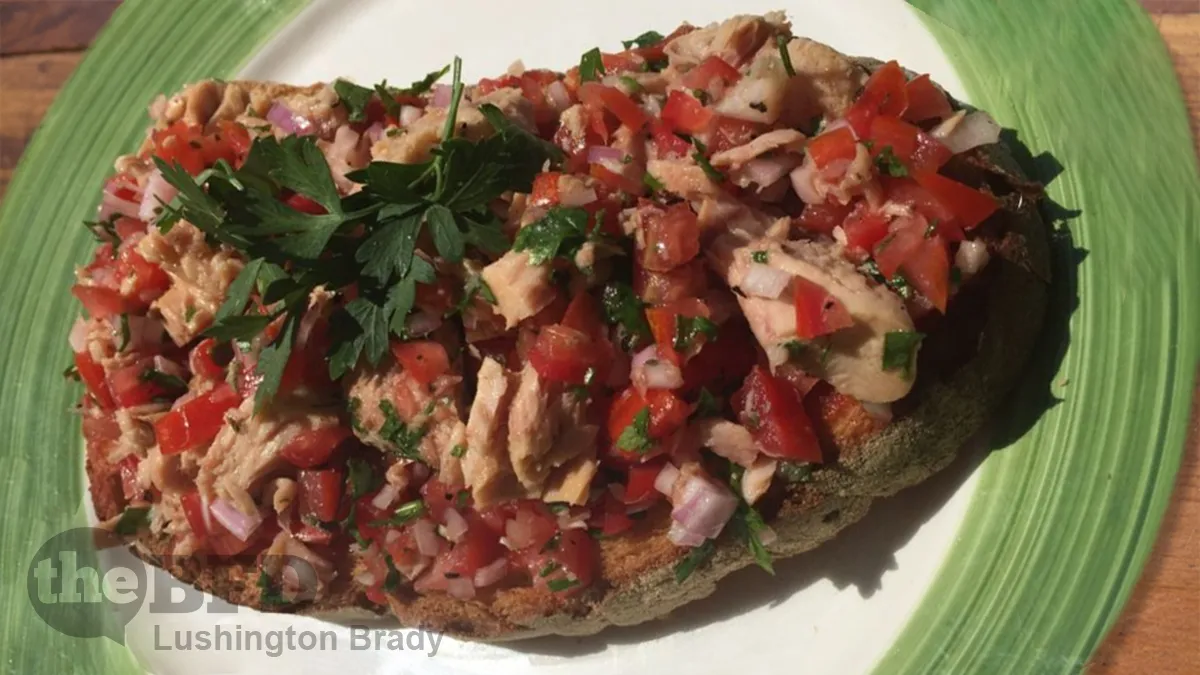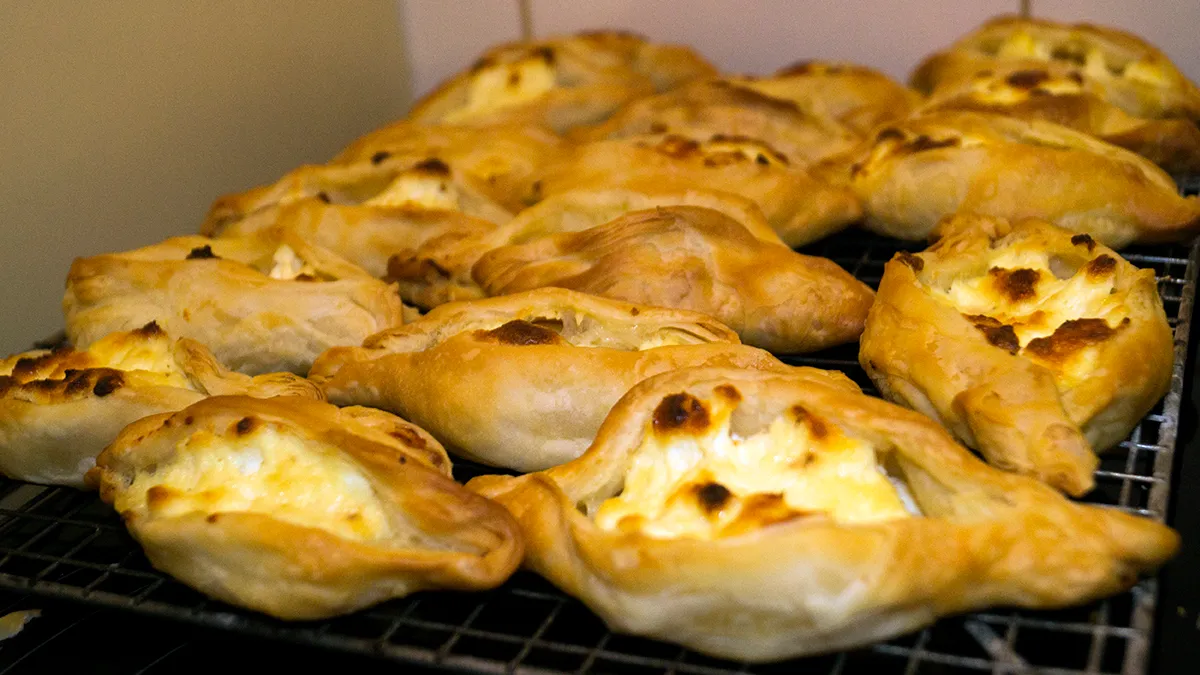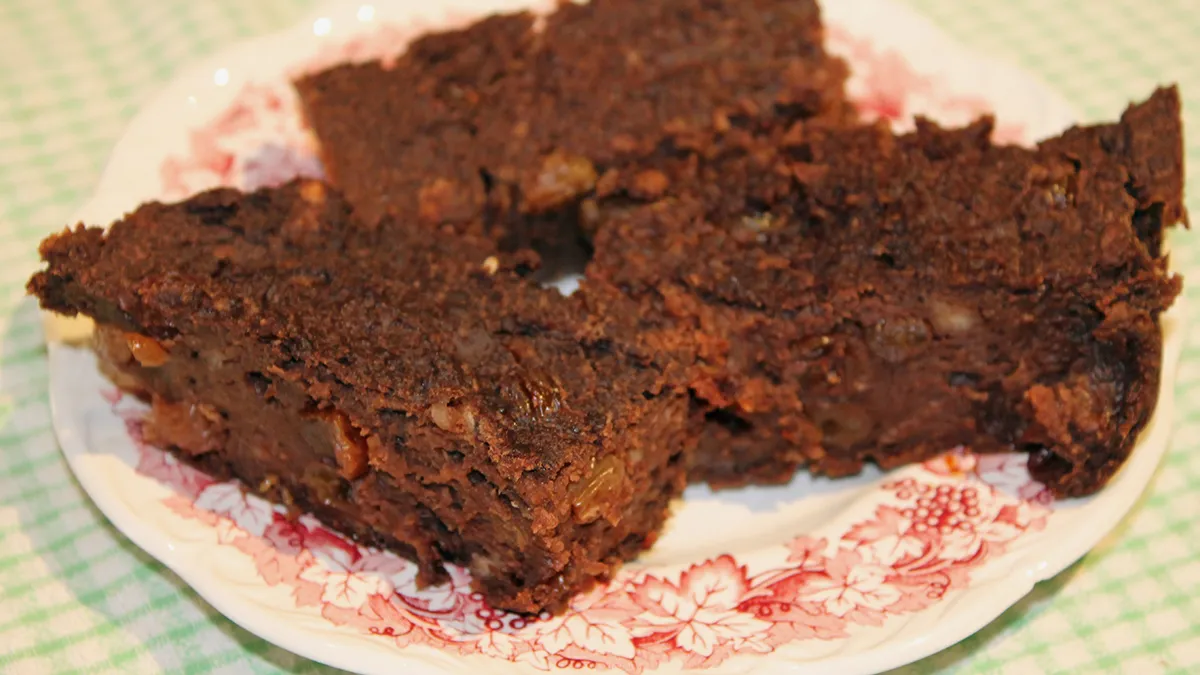Daniel Goldwater
Chef CMRJ
Jerusalem
Israel
In the last two posts I set up basic condiments for a Mediterranean style Mezzo spread. It should be clear that Mezzo tables have no personal cutlery the method of eating is using a small torn off piece of bread (remember to use your right hand, no need to tell you why), Focaccia, pita, Naan to “wipe”, “smear” or “dip” your Mezzetim. It’s a very rewarding way to eat with no airs or graces, while being traditional, basic and primeval in its essence. Please be warned, it can get messy when you eat a mezzo if you’re not careful.
My favourite bread for the Mezzo is the Italian Focaccia.The Italian Focaccia has dozens of variations depending on regional and geographic locations in Italy. Its generally a flattish bread originating with the ancient Etruscans (who were greek by culture and Italian by their nose) from Umbria and Tuscany in central Italy. The Focaccia is my bread of choice because it is soft in the middle and crispy on the outside and everyone loves crispy on the outside. Also if it doesn’t rise as anticipated no one will really notice.

Italian Focaccia:(My Variation)
This recipe will make enough dough to make two large or three medium size Focaccia’s
Ingredients:
Bread quality White Flour x 360 grams
Dry Yeast x 6 grams
Table salt x 5 grams
Cold water(Depending on Flour, the better quality the Flour the more water it can absorb) x 250 gram
Olive oil x 33 gram (mixed in with water)
Sea salt for sprinkling
Rosemary sprigs x 6-9
Extra olive oil for drizzling
Method:
Place the flour, dry yeast and salt in a mixer, using the dough hook mix the dry ingredients for a minute then add the water oil mixture adding smallish amounts at a time allowing the dough mix to absorb the liquids. Once liquids are absorbed into the dough mix for at least another 7-8 minutes. If you are doing this by hand, knead the dough for at least 15 minutes. (The amount of time is very important as by the kneading you activate the Gluten mesh within the bread which captures the Co2 released by the yeast and allows it to rise fully and properly).
Once mixed, dust hands with flour, place dough on flat surface and fold the bottom in over itself several times. Using both hands turn the dough on its bottom in a circular motion several times until it forms into a tightish ball. Dust the bottom of the mixing bowl with flour and return the dough to the bowl. Cover and let it sit and rise until it doubles in size. (If Jewish Remove a fig size piece say the blessing for Hafrashat Challah and commit the offering to the oven to be burnt so it cannot be eaten).
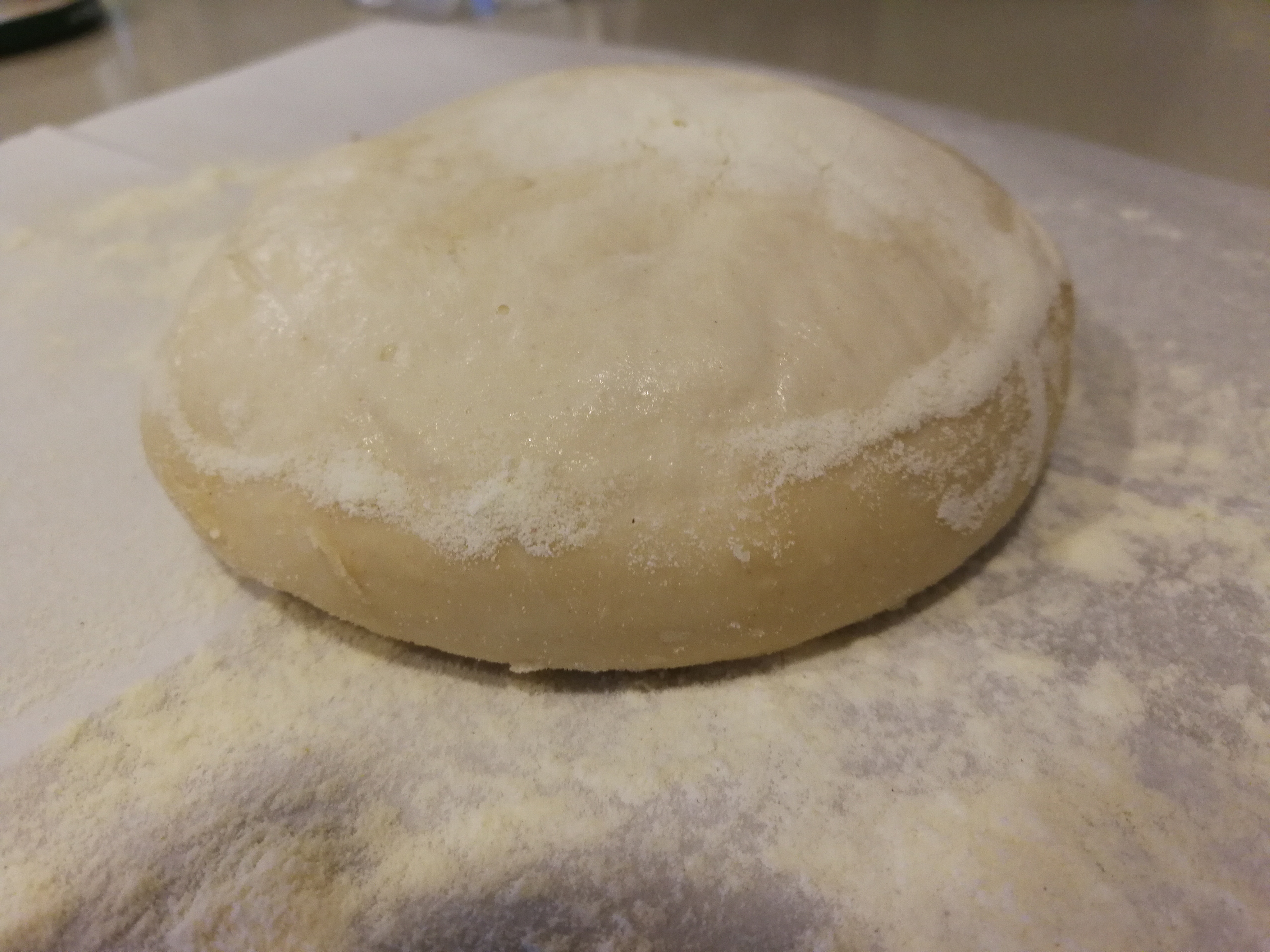

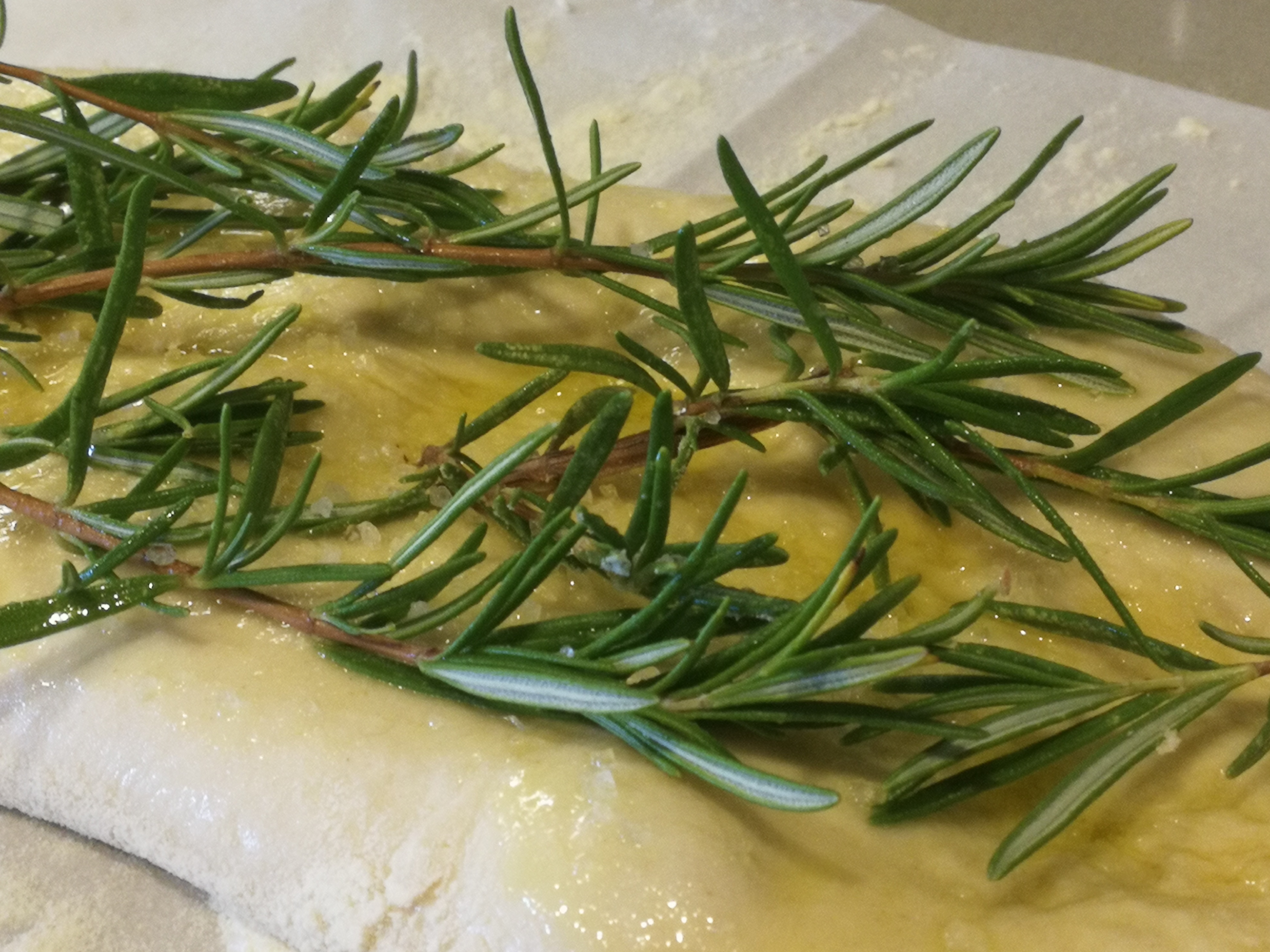
Separate into two or three equal portions and repeat the folding and the turning of the portions in a circular motion, then place on flour dusted baking paper on a tray to rise. For outstanding Focaccia place in the fridge to rise slowly overnight (means doing the day before). When risen remove and shape by taking a ball and with your fist starting at one end and moving to the other. Creating an oval loaf shape. Oil slightly and place Rosemary sprigs on Focaccia, sprinkle sea salt and place in oven on a tray preferably on a Pizza stone at preheated 220 C for 10 minutes. Remove tray and leave Focaccia on Stone directly for another 5-7 minutes.
Remove, to cutting board and drizzle olive oil over Focaccia before serving. Obviously if you don’t have a pizza stone the breads base will be less crispy but oven time is much the same.
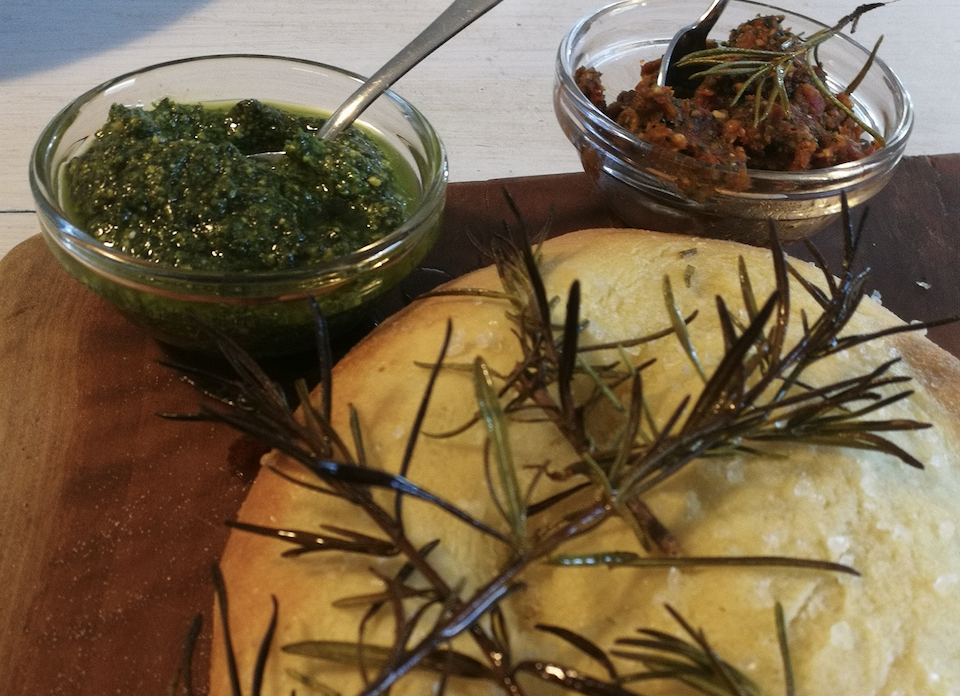
The BFD Photo supplied. Italian Focaccia:(My Variation)
Pickled Vegetables
Pickled vegetables or Chamutsem in Hebrew (pickled ones literally) are a colourful and crunchy addition to any Mezze table. This is a simple recipe that regularly graced the festive table of my late mother in law Malka Yemini (may her memory be blessed). And one to nosh on whenever you feel peckish.
Ingredients:
Vegetables
3 carrots peeled
2 or 3 sticks of celery
Green Pepper x 1
Red Pepper x 1
Cauliflower x a very small bunch or part thereof.
4-5 Garlic Teeth peeled and whole
Pickling Solution:
2 cups water
2 cups of white vinegar 5 %
3 tablespoons of white sugar
1 heaped tablespoon of salt
3 Bay leaves
1/2 teaspoon of pepper corns
1/2 teaspoon of English pepper corns
(1 hot pepper optional)
5 or 6 drops of fresh lemon juice
Wash, peel carrots and celery and cut to 2 centimetre lengths.
Peppers remove end and inside and cut to cubes 3 x 3 cm.
Cauliflower wash and separate into small bouquets, place separately in a colander and sprinkle some coarse salt over it to coax out and kill any slugs or bugs that may be hiding within. After ten minutes, dust off salt and add to the rest.
Place all in a big enough bowl, along with Garlic, Bay leaves, peppercorns.
Pour water, Vinegar, sugar and salt into a saucepan, heat to until sugar and salt are visibly dissolved, leave to cool a bit. Pour solution over cut vegetables in bowl, place a plate to hold down vegetables and put in fridge overnight. Next day, put veggies in jar or jars and pour solution in. Keep in fridge, as it is pickled it can be used over the next month to embellish any meal.

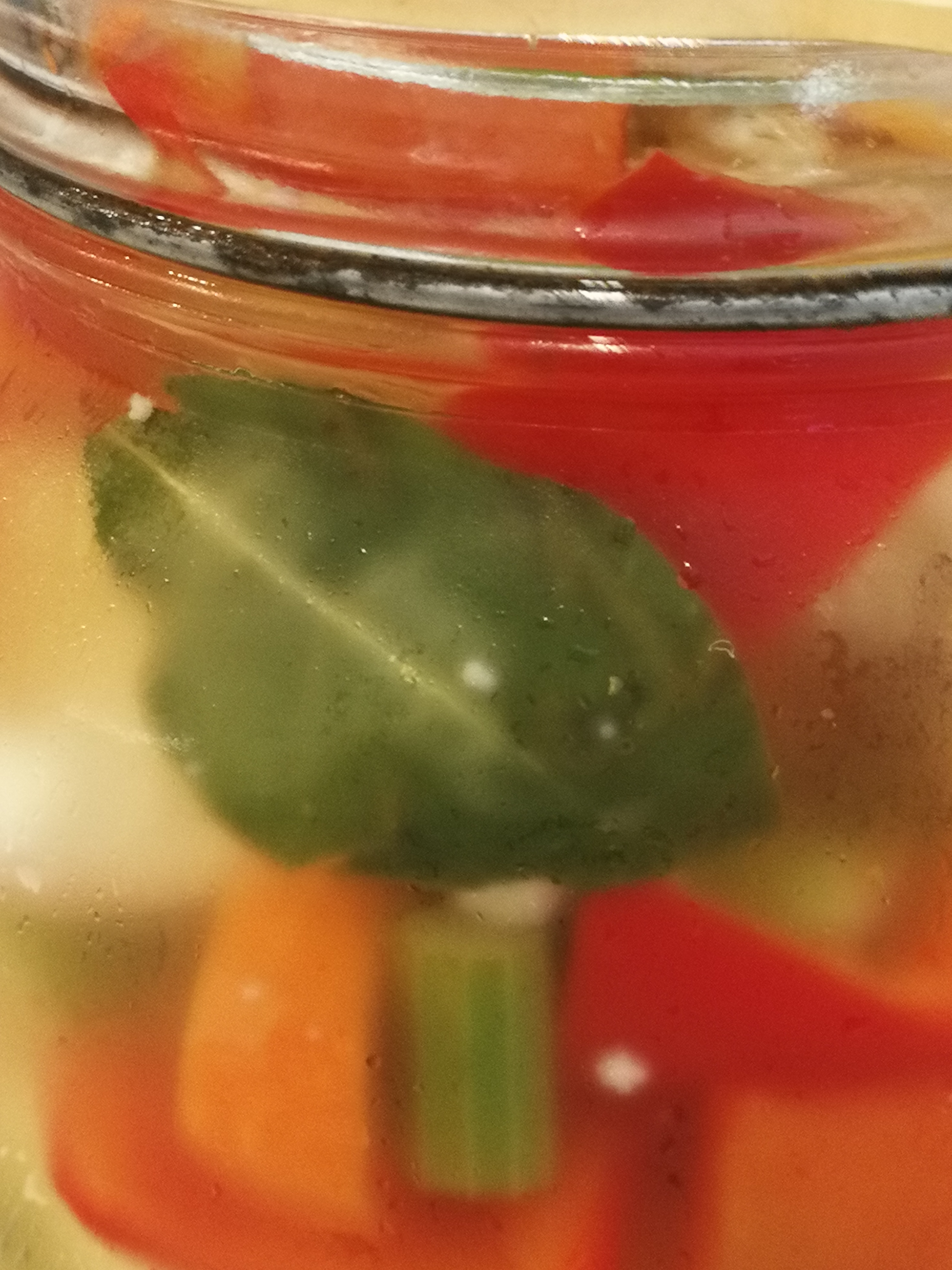

The BFD. “Pickled vegetables or Chamutsem in Hebrew (pickled ones literally) are a colourful and crunchy addition to any Mezze table.”
This completes a Mezze table which won’t detract from the honour of any self respecting Mezze host.
Sababa Hebrew slang meaning cool or great taken from Arabic word Tsababa which means cool or great.
Interestingly enough the use of Hebrew words and slang amongst Israeli Arabs is very common. Listening to two Israeli Arabs talk, a non Israeli Arab will understand the gist of their conversation even if they know no Arabic.
Next week I will go off on a tangent and do some easy to make universal sweets or desserts to keep myself on my toes and the SWEETIES amongst you interested.

